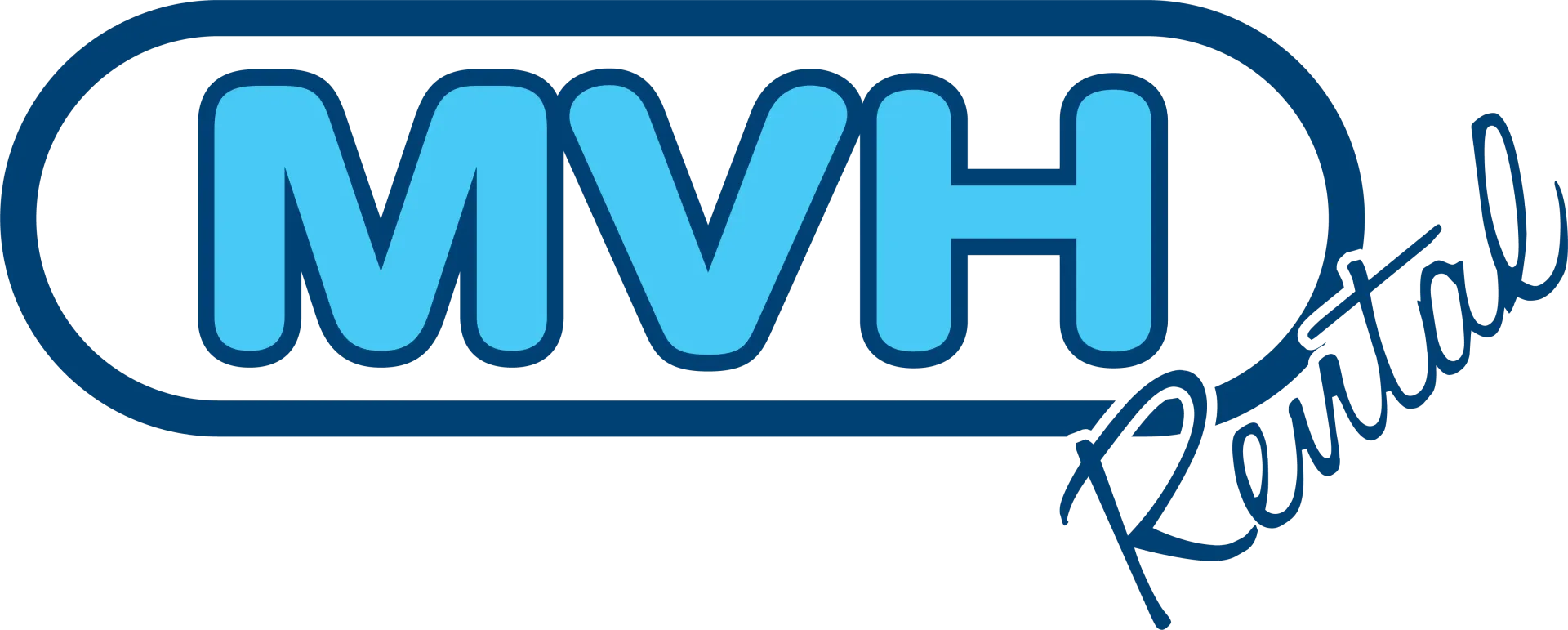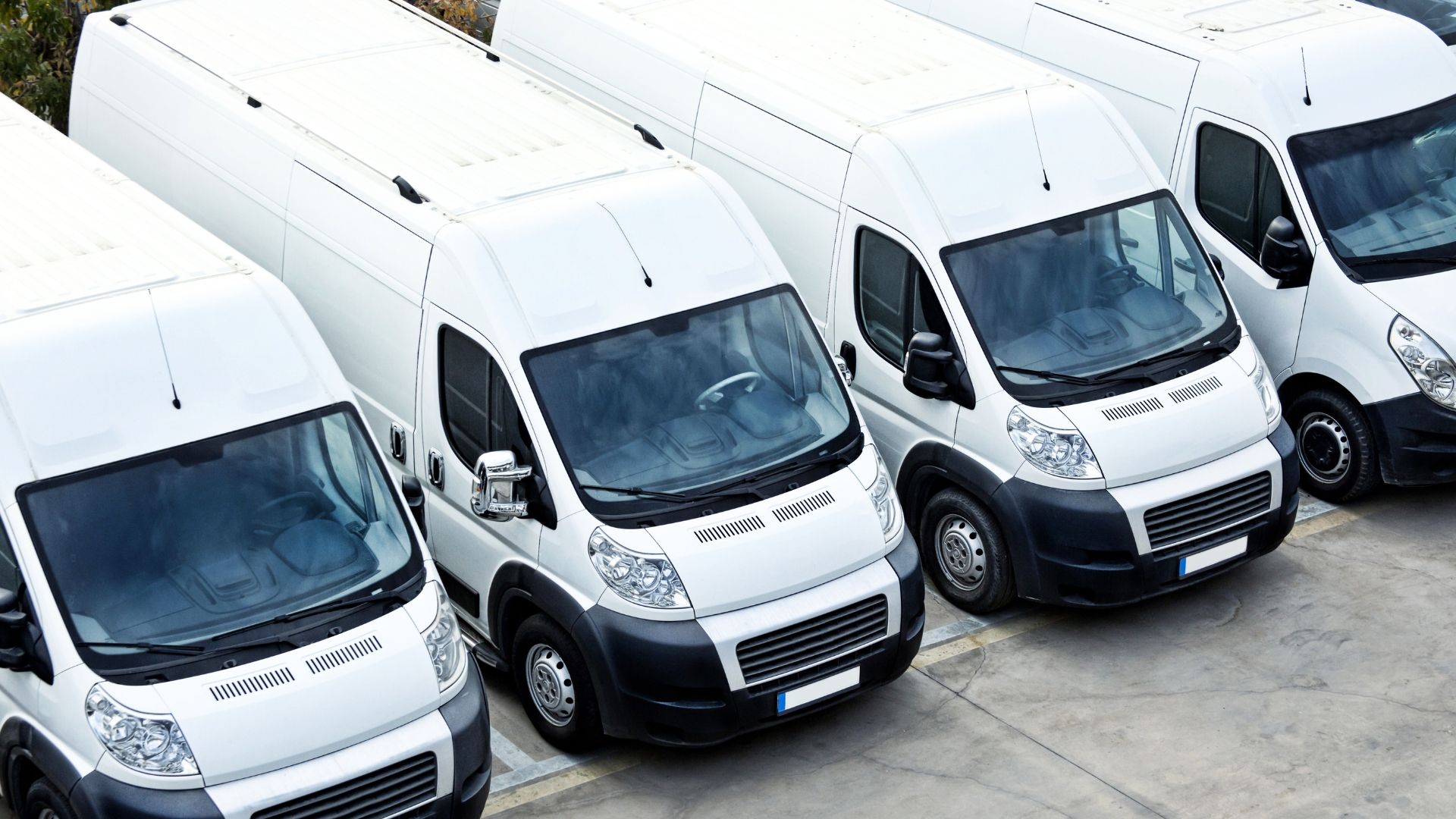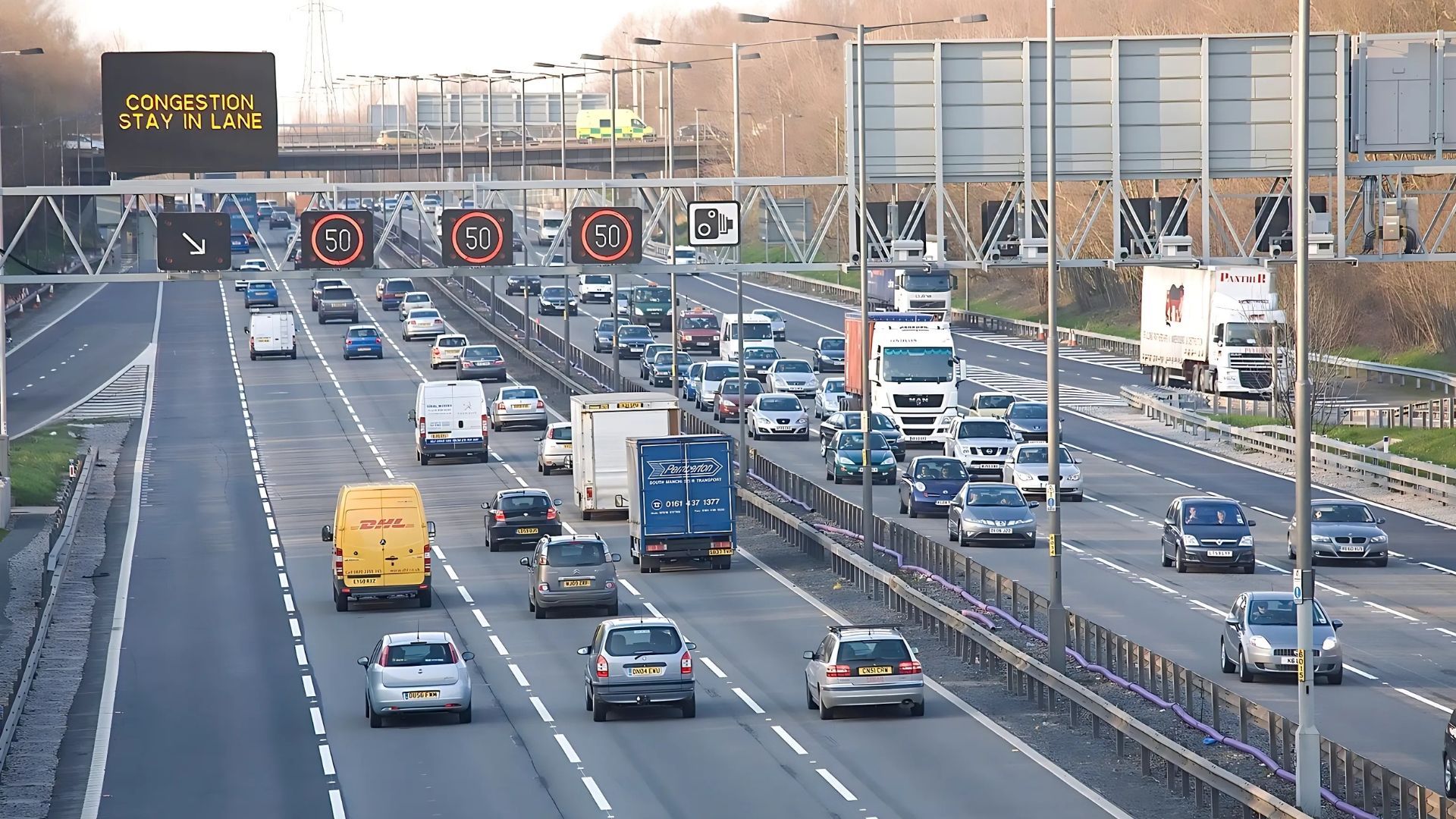Fleet management tips to boost efficiency
As a manager, what measures can you take to ensure your fleet is operating efficiently? Join us for a deep dive into the topic.

On a bad day, fleet management can feel a bit like herding cats. Every successful fleet manager is a skilled multitasker – but the procedures in place don't always make this easy.
That's why we've put together a quick guide to how you can streamline operations and boost efficiency in your fleet.
Prioritise safety – always
You don't need us to tell you that safety is a fundamental part of fleet management, not an add-on – not least for the welfare of your drivers.
But rigorous safety measures can also ensure you aren't faced with unexpected financial outlays – be it a spike in your insurance premium, a fine or having to take the vehicle in for repair.
The best way to avoid preventable accidents is by implementing and maintaining strict safety standards, plus an equally strict schedule of inspections.
Being proactive is the best thing you can do to keep your drivers safe on the road – and, in the process, avoid unnecessary payments.
Stay on top of maintaining your vehicles
Just as improving safety can also improve your bottom line, so vehicle maintenance is essential for the efficient running of a fleet. The maintenance procedure needs to be both easy and accessible to all your drivers.
Why? Because if the process is complicated, people are more likely to cut corners. And if they cut corners, they're more likely to miss things that need attention
We're talking about a comprehensive maintenance schedule that requires as little effort as possible – something that becomes a routine as familiar to your drivers as "mirrors, signal, manoeuvre".
Lumbering staff with spreadsheets, manuals and paper forms is a cumbersome way of gathering information about the state of your vehicles. Making the most of mobile apps will help make the process simple and routine for drivers.
Another advantage of app-based maintenance is that drivers can receive automated reminders as well as easy-to-complete checklists. Have they checked brakes, fluid levels, filters, wipers and the rest? If not, you need a record that's easy for them to submit – and for you to access.
A streamlined maintenance schedule makes for more efficient data collection, which in turn can help inform crucial questions about the management of your fleet. These could include:
- What needs to change?
- How long are these changes likely to take?
- Which staff need to be involved?
- What materials, procedures and tools are required?
These broad brush questions depend on granular data – and the best way to get that is through streamlined electronic schedules.
Make the most of your data
It's not just data about your fleet's physical parts that counts. It's also data drawn from GPS and telematics.
One of the inbuilt challenges of fleet management is that your drivers are, well… driving. You can't just pop into Lesley's cubicle to check she's on schedule – you have to monitor her performance remotely.
Tracking productivity via GPS and telematics gives you crucial insights into your drivers' behaviour out on the road – most of all, whether they're taking the most efficient routes and not wasting fuel through unnecessary idling.
This remote monitoring means you can make adjustments to the fleet more efficiently and avoid unnecessary downtime.
Efficiency comes from good decisions – and good decisions come from good data. That's why it's important to have effective fleet management software to collate the data for you. Your job is just to analyse the stats and act on them.
Embrace the cloud
Cloud-based technologies are ideal for people on the go. Gone are the days when services were tied to specific locations – in the age of Salesforce and Gmail, you take your desk with you.
Storing invoices, work orders, receipts, photos, safety regulations, product manuals and other documentation on the cloud isn't just a time-saving device – it's cost-effective too.
This is partly because many public cloud platforms are scalable. You can change your subscription depending on how much data you need at any given time.
Don't waste time hunting for a crucial scrap of paper. Make all your paperwork available to everyone, everywhere – no matter what device they're using.
Keep up to date with industry developments
The very fact that we can write the sentence "embrace the cloud" and that you know what it means goes to show how rapidly the fleet management sector is evolving. GPS, telematics and cloud platforms are all relatively recent ways of keeping you and your drivers more connected than ever.
Staying on top of industry trends means you can leverage new technologies to maximise your fleet's efficiency.
In the coming years, these are likely to include:
AI and machine learning
No, we're not talking about some creepy virtual assistant telling you to cheer up – rather the incorporation of AI and machine learning into fleet management software. These advances are already taking data collection and analysis to the next level and are likely to continue to change the way fleets are run.
Next-gen dashcams
Dashcams are due for an upgrade as we see smart cameras used more and more in fleet vehicles. These AI-enhanced cameras offer much more than just audio and video. Their built-in sensors help reduce incidents by analysing what's happening both in and around the vehicle in real-time.
Electric vehicles
Electric vehicles (EVs) are highly likely to continue to grow in popularity. And as uptake increases, EVs will get cheaper. While investing in electric vans may not seem efficient right now, we may be heading for a time when it's your best bet.
Keeping abreast of changes in fleet technology puts you in a good position to make cost-effective decisions that benefit shareholders, drivers and customers alike.
Conclusion
We hope this article has given you some ideas on how to make your fleet a paragon of efficiency.
If you're looking to
hire a van in Newcastle, please don't hesitate to
get in touch. Our friendly, knowledgeable team would love to help.











